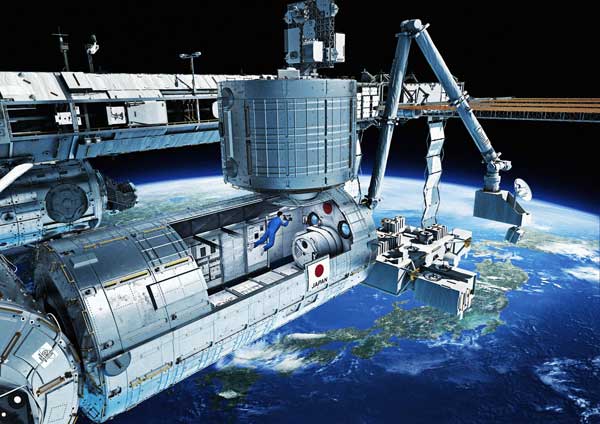
TOKYO (JAXA PR) — The Japan Aerospace Exploration Agency (JAXA) has sent users to the mission equipment installed on the outboard experiment platform of the Japanese Experiment Module “Kibo” at the International Space Station (ISS). We have built and operated the “Kibo” external operation management system on the cloud, which enables connection and operation from outside the JAXA Tsukuba Space Center such as offices and laboratories via a secure network.
Until now, the operation of the mission equipment installed on the “Kibo” outboard experiment platform has been adjusted by the user at the Tsukuba Space Center, while checking the telemetry and informing the operation controller of requests such as observations. In addition, it was necessary to determine the operation date and time for each operation in advance and to prepare the operation system before operation.
By using the external operation management system that has been operated this time, users can operate mission equipment by issuing operation commands from their desired locations such as offices and laboratories via the network. “Remote work for the use of the office” has been realized. In addition, the convenience has been greatly improved, such as flexible operation according to the user’s schedule and quick response to sudden operation changes.
Space BD Co., Ltd. has been a service provider of the medium-sized exposure experiment adapter (i-SEEP)*1 to be attached to the “Kibo” outboard experiment platform as an initiative to expand its use and improve convenience. In March 2022, the second i-SEEP will be launched, and an i-SEEP-mounted small payload mounting support device (SPySE)*2 will be installed with the aim of further improving the convenience of outboard use.
In this way, in addition to the efforts so far that have become able to respond to more and smaller mission requests, etc., the external operation management system that has been put into operation this time will further increase the number of small and medium-sized payloads in the future, and users will be able to use it. Even if it is expanded, it is possible to operate it without each user gathering in Tsukuba.
Including the external operation management system that started this time, JAXA will continue to promote the expansion of the use of “Kibo” not only in the research field but also by private companies, and to improve the basic equipment and functions necessary for promoting the use. We plan to move forward and meet growing needs.
* 1 Medium-sized exposure experiment adapter (i-SEEP)
An adapter for attaching a medium-sized outboard experiment payload to an outboard experiment platform that provides resources such as power to the payload, and is 50 cm x 70 cm x 35 cm, up to 200 kg. Now, a plurality of experimental devices can be mounted.
* 2 Small payload-mounted support device (SPySE)
A support device for attaching a small CubeSat-sized experimental device, etc. to i-SEEP, which provides resources, etc. to the payload.

